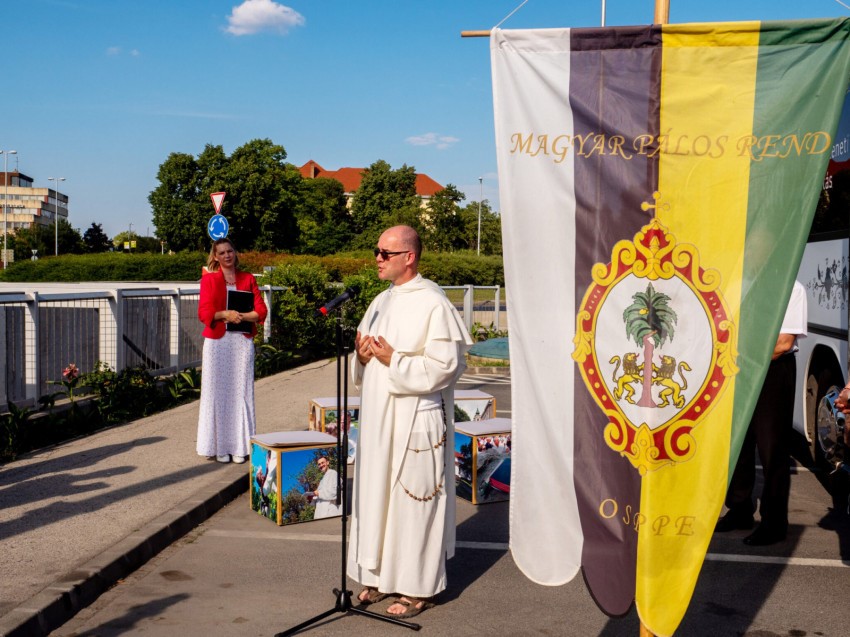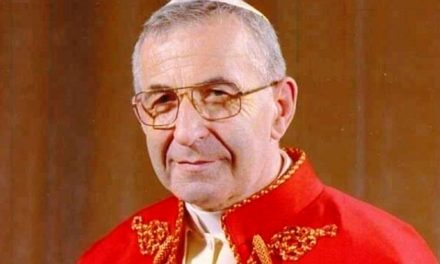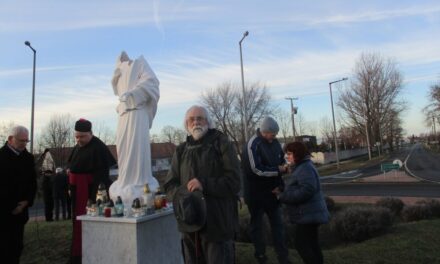The traveling exhibition "Life is beautiful in Paul", which is an exhibition set up in a converted bus, can be viewed in downtown Veszprém until August 6.
The bus that set off on the 750th anniversary of the death of the founder of the Order, the Blessed Özséb, has already visited many settlements across borders; He came to Veszprém from Badacsonytomaj and continues to Transylvania to finally end his more than a year and a half tour in Budapest, at the International Eucharistic Congress.
The Pauline Order is the only male monastic order founded in Hungary that still operates today. The order was founded by canon Boldog Özséb of Esztergom when he united the Patacs-hegy and Pilis hermits in 1250. The center of the order is currently in Częstochowa, Poland, in the Jasna Góra monastery, and the seat of the Hungarian province is in Pécs.
At the opening, economic vicar János Szabó recalled the history of the Paulists and mentioned that we keep many memories of the order in the archdiocese as well. Thus, the stones of the St. Michael's Monastery near Nagyvázsony also come from the Paulists, but the monastery fell victim to the Turkish occupation.
The vicar added: we experience that the noise is getting bigger both outside and inside, and he wished that everyone would find the islands of silence where they can meet God; even at this exhibition, in the middle of the city, visitors can quiet down for a short time.
Deputy Mayor Barbara Hegedűs spoke in her welcome speech about how the monastic orders have been the guardians of knowledge, innovation, faith and national consciousness throughout history, and they still are today. The people of Pálos also set an example of how to preserve and present our traditions, emphasized the deputy mayor.

The exhibition was opened by Antal Puskás, Provincial Chief of the Pauline Order. He recalled the life of St. Maximilian Kolbe : the Capuchin was a martyr for the Poles, he voluntarily accepted death instead of a father of two, Franciszek Gajowniczek, in the Auschwitz concentration camp in 1941. At the same time, he was the one who, ahead of his time, installed a radio in the monastery where he lived. He believed that God's message should be delivered everywhere. The organizers of the exhibition also want to follow this approach.
The exhibition - which is free - can be viewed until August 6 in the parking lot in front of the Veszprém Hotel between 10 a.m. and 6 p.m. every day.
Source and photo: Archdiocese of Veszprém












